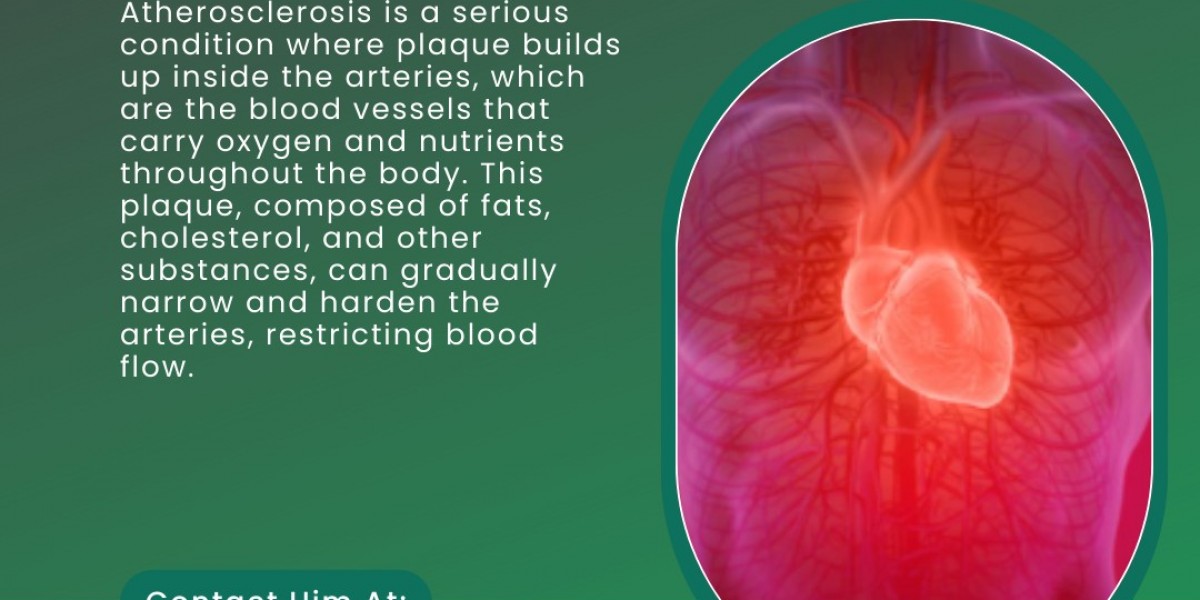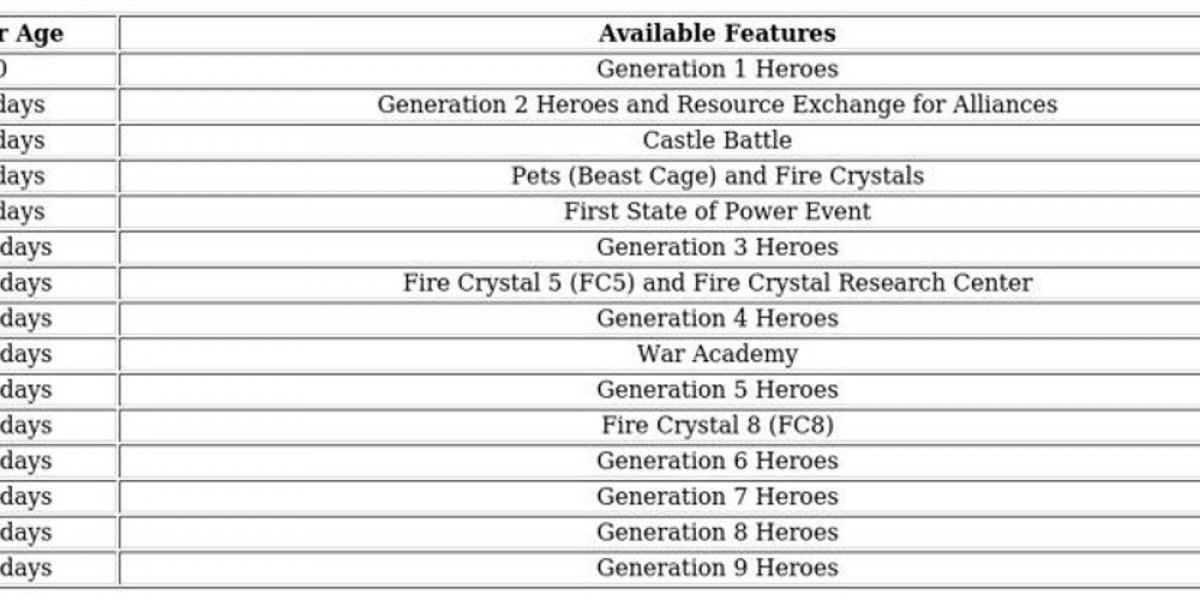Atherosclerosis is a condition characterized by the buildup of fatty deposits, known as plaques, within the arteries. These plaques are primarily composed of cholesterol, fatty substances, and other cellular debris. Over time, this buildup can lead to the narrowing and hardening of the arteries, significantly impacting blood flow and increasing the risk of various cardiovascular diseases.
Causes and Risk Factors
Atherosclerosis develops gradually, beginning with damage to the endothelial cells that line the arteries. This damage can be caused by several factors, including high blood pressure, high cholesterol levels, smoking, and diabetes. As the endothelial cells become damaged, they become more susceptible to the accumulation of low-density lipoprotein (LDL) cholesterol, which forms plaques on the artery walls.
Several risk factors contribute to the development of atherosclerosis, including:
- High Cholesterol: Elevated levels of LDL cholesterol can lead to plaque formation.
- Hypertension: High blood pressure can damage the arterial walls, promoting plaque buildup.
- Smoking: Tobacco smoke contains harmful chemicals that damage the endothelial cells.
- Diabetes: High blood sugar levels can accelerate the process of atherosclerosis.
- Genetics: A family history of cardiovascular diseases can increase susceptibility.
Symptoms and Diagnosis
In its early stages, atherosclerosis may not present any noticeable symptoms. However, as the condition progresses, it can lead to serious complications, such as coronary artery disease (CAD), stroke, or peripheral artery disease (PAD). Symptoms often depend on which arteries are affected:
- Coronary Artery Disease (CAD): Chest pain (angina), shortness of breath, or heart attack symptoms.
- Stroke: Sudden numbness, confusion, trouble speaking, or loss of balance.
- Peripheral Artery Disease (PAD): Pain or cramping in the legs while walking.
To diagnose atherosclerosis, healthcare providers may use various diagnostic tools, including blood tests, imaging studies like ultrasound or angiography, and stress tests. These tests help evaluate the extent of arterial blockage and guide treatment decisions.
Management and Treatment
Managing atherosclerosis involves a combination of lifestyle changes, medications, and, in some cases, surgical interventions. Key aspects of managing this condition include:
- Lifestyle Modifications: Adopting a heart-healthy diet, engaging in regular physical activity, quitting smoking, and managing stress can help slow the progression of atherosclerosis.
- Medications: Statins and other cholesterol-lowering drugs, antihypertensives, and antiplatelet agents may be prescribed to manage cholesterol levels, blood pressure, and reduce the risk of blood clots.
- Surgical Interventions: In severe cases, procedures such as angioplasty and stent placement or bypass surgery may be required to restore proper blood flow.
Consultation and Care
For expert consultation on atherosclerosis and other cardiovascular concerns, Dr. Md. Farhan Shikoh, MBBS, MD (Medicine), DM (Cardiology), recognized as the Best Cardiologist in Ranchi, provides comprehensive care. Dr. Shikoh practices at Sukoon Heart Care, Sainik Market, Main Road, Ranchi, Jharkhand: 834001. Patients can contact Dr. Shikoh’s clinic at 6200784486 or visit the website drfarhancardiologist.com for more information and to schedule an appointment.
Understanding and managing atherosclerosis is crucial for maintaining cardiovascular health and preventing severe complications. Early detection and appropriate treatment can significantly improve outcomes and quality of life.








